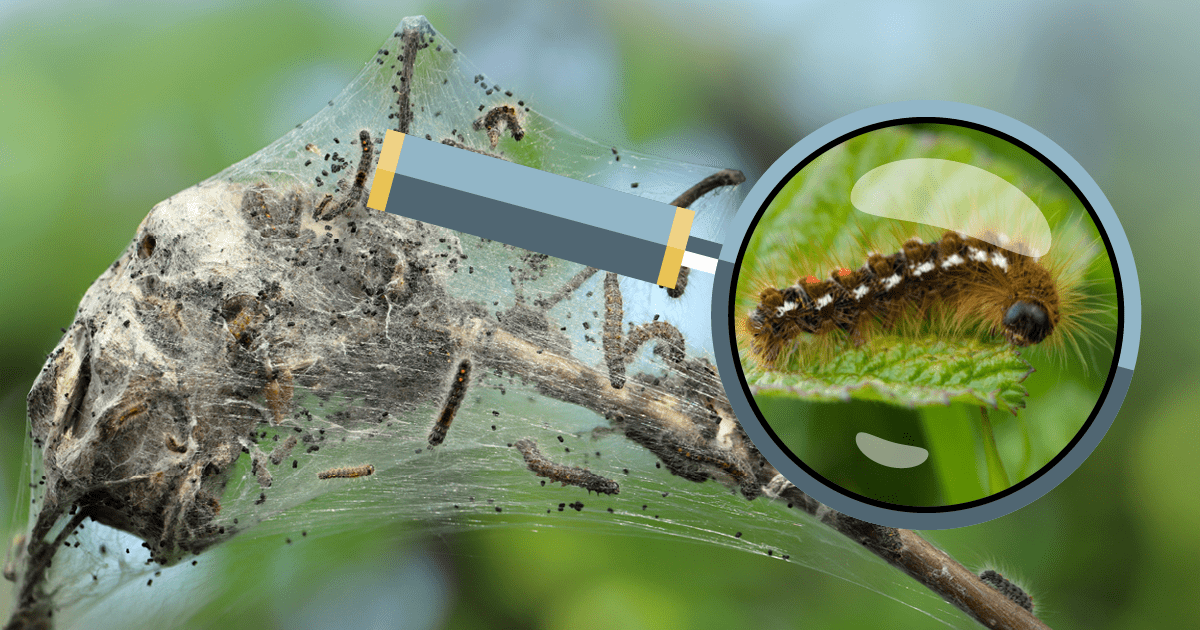
by rachael | May 17, 2022 | Awareness, Physical Health
Browntail moths are an invasive species in Maine that not only defoliate trees—they can cause a painful, poison-ivy like rash and respiratory issues in humans. If you’re unfortunate enough to come in airborne or direct contact with toxic hairs from the browntail moth...


